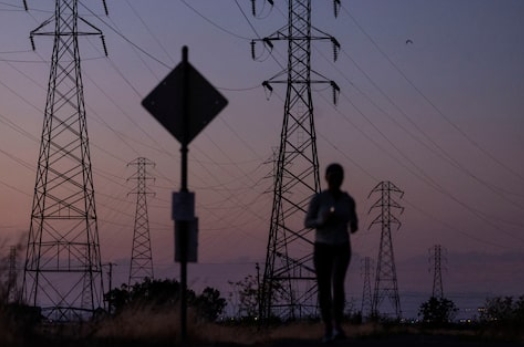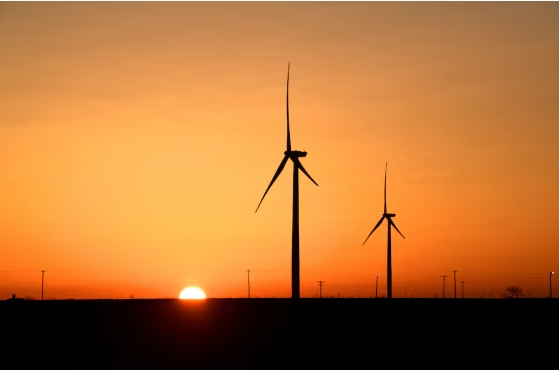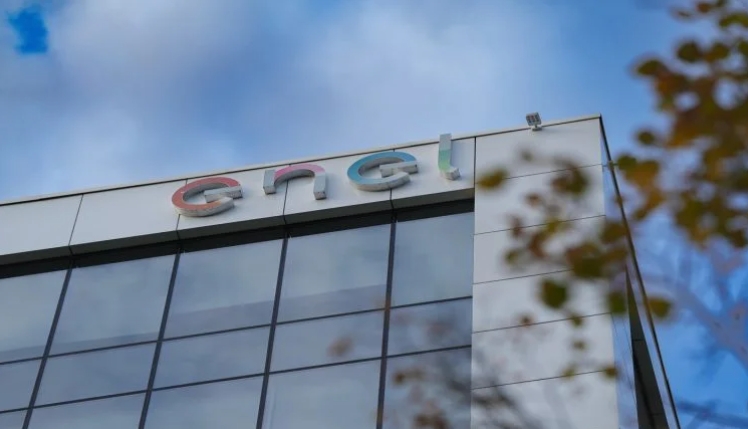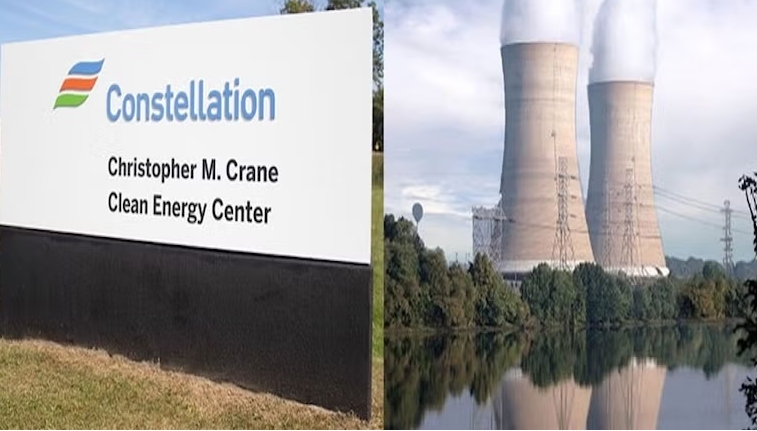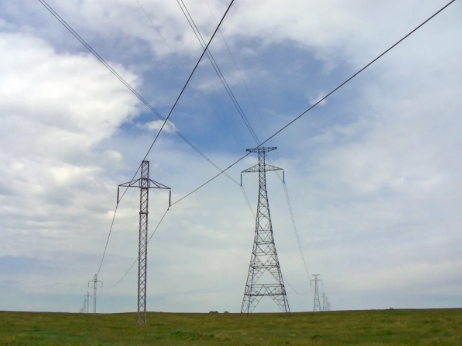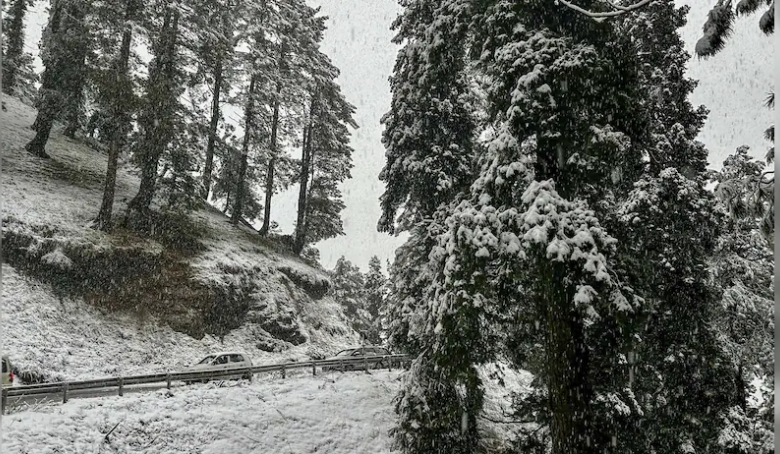Japan said on Tuesday that it had decided to gradually release tons of treated wastewater from the ruined Fukushima Daiichi nuclear plant into the ocean, describing it as the best option for disposal despite fierce opposition from fishing crews at home and concern from governments abroad.
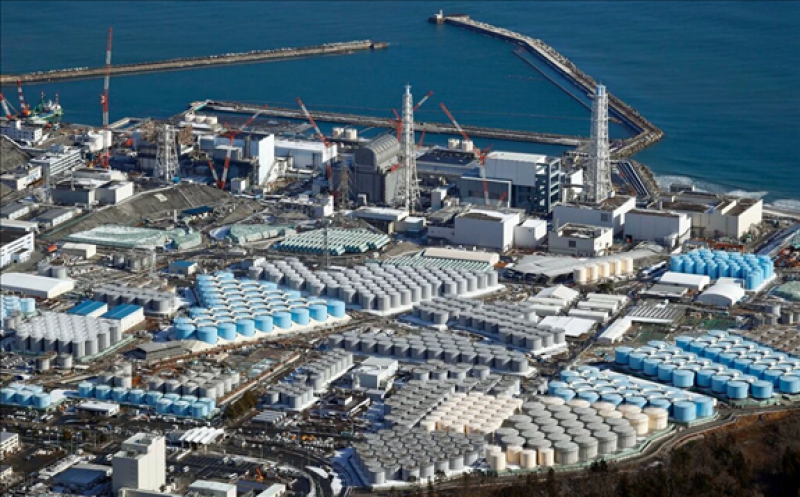 The Fukushima Daiichi nuclear power plant in Okuma, Japan. The government has decided to release radioactive water from the plant into the Pacific Ocean.Credit...Kota Endo/Kyodo News, via Associated Press
The Fukushima Daiichi nuclear power plant in Okuma, Japan. The government has decided to release radioactive water from the plant into the Pacific Ocean.Credit...Kota Endo/Kyodo News, via Associated Press
The plan to start releasing the water in two years was approved during a cabinet meeting of ministers early Tuesday.
Disposal of the wastewater has been long delayed by public opposition and by safety concerns. But the space used to store the water is expected to run out next year, and Prime Minister Yoshihide Suga said during the cabinet meeting on Tuesday that disposing of the wastewater from the plant was “a problem that cannot be avoided.”
The government will “take every measure to absolutely guarantee the safety of the treated water and address misinformation,” he said, noting that the cabinet would meet again within a week to decide on the details for carrying out the plan.
Some activists rejected the government’s assurances. Greenpeace Japan denounced the decision, saying in a statement that it “ignores human rights and international maritime law.” Kazue Suzuki, a climate and energy campaigner for the organization, said that the Japanese government had “discounted the radiation risks.”
“Rather than using the best available technology to minimize radiation hazards by storing and processing the water over the long term,” the statement added, “they have opted for the cheapest option, dumping the water into the Pacific Ocean.”
The Fukushima crisis was set off in March 2011 by a huge earthquake and tsunami that ripped through northeastern Japan and killed more than 19,000 people. The subsequent meltdown of three of the plant’s six reactors was the worst nuclear disaster since Chernobyl. Tens of thousands of people fled the area around the plant or were evacuated, in many cases never to return.
Ten years later, the cleanup is far from finished at the disabled plant, which is operated by the Tokyo Electric Power Company. To keep the three damaged reactor cores from melting, cooling water is pumped through them continuously. The water is then sent through a powerful filtration system that is able to remove all of the radioactive material except for tritium, an isotope of hydrogen that experts say is not harmful to human health in small doses.
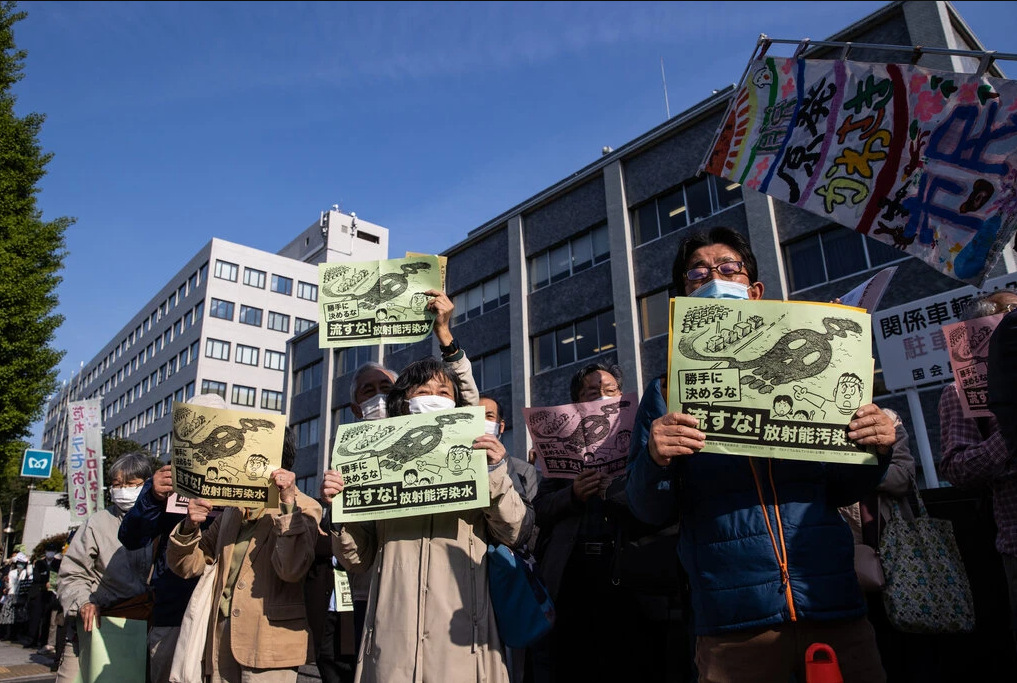 Demonstrators outside of the prime minister’s office a day before the decision was announced. Disposal of the wastewater has been long delayed by public opposition and safety concerns.Credit...Takashi Aoyama/Getty Images
Demonstrators outside of the prime minister’s office a day before the decision was announced. Disposal of the wastewater has been long delayed by public opposition and safety concerns.Credit...Takashi Aoyama/Getty Images
There are now about 1.25 million tons of wastewater stored in more than 1,000 tanks at the plant site. The water continues to accumulate at a rate of about 170 tons a day, and releasing all of it is expected to take decades.
In 2019, the Japanese Ministry of Economy, Trade and Industry proposed disposing of the wastewater either by gradually releasing it into the ocean or by allowing it to evaporate. The International Atomic Energy Agency said last year that both options were “technically feasible.” Nuclear power plants around the world routinely discharge treated wastewater containing tritium into the sea.
But the Japanese government’s plan faces strong opposition from local officials and fishing crews, who say that it would add to consumer fears about the safety of Fukushima seafood. Catch levels in the area are already a small fraction of what they were before the disaster.
After meeting with Mr. Suga last week, Hiroshi Kishi, head of the National Federation of Fisheries, told reporters that his group was still opposed to the ocean release. Neighboring countries including China and South Korea have also expressed concerns.
Responding to Japan’s decision, the U.S. State Department said in a statement, “In this unique and challenging situation, Japan has weighed the options and effects, has been transparent about its decision, and appears to have adopted an approach in accordance with globally accepted nuclear safety standards.”
